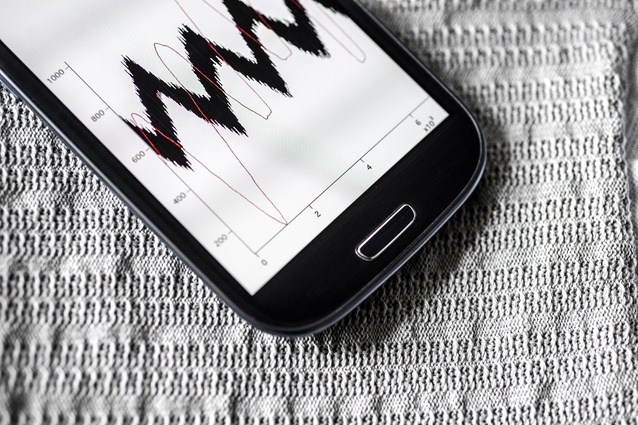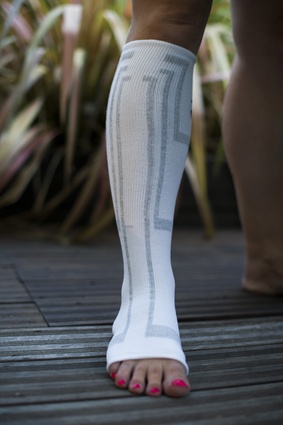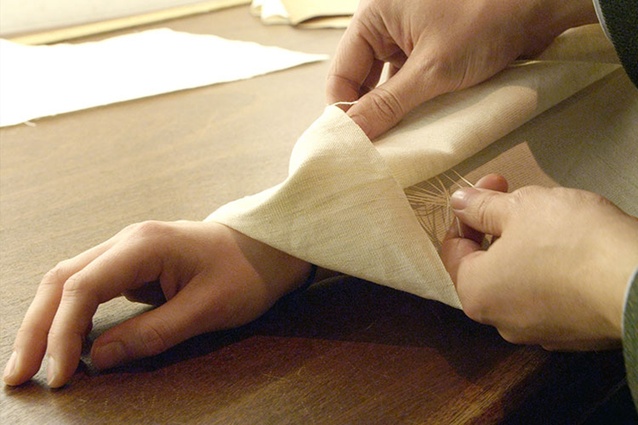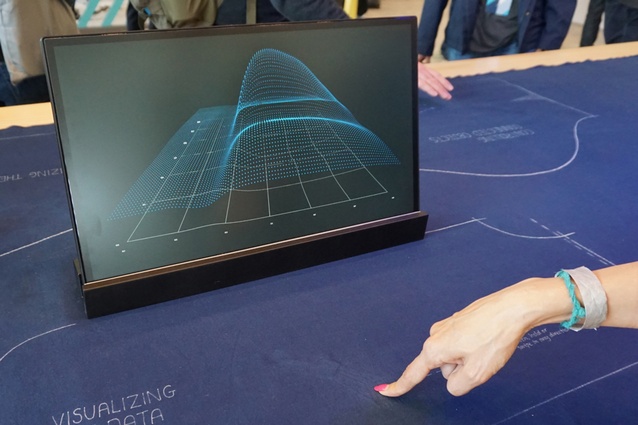Future Thinking II: Nanotechnology
The second in the Future Thinking series, in which designer Sarosh Mulla explores design research and innovation, with a focus on nano design.
When we think about how materials have evolved in the past we naturally look to moments of disruptive change in technology and design. We look to moments where our previous assumptions are upended and a new way perceiving the world is made clear. We are currently in one of those moments.

Dr Michelle Dickinson, leader of the Dickinson Nanomechanical Research Lab at the University of Auckland, is one such researcher. I recently attended a lecture where Dr Dickinson introduced some of the work her team are involved in and I realised that we are in one of those moments of transformation. Researchers here in New Zealand are working on a nano scale to understand the natural world in more detail than ever before, but also to change our understanding of its components.
In the very near future we will be able to create and interact with materials like glass, fabric, paper and steel in ways that we have never done before. Nanotechnology is going to change the way we design and the transformation is already underway.
Three strands of research introduced by Dr Dickinson indicated the potential nanotechnology has for reshaping the future of design.
Nano glass

Glass shatters when you drop it. Well, it does when it’s a big piece of glass that has inconsistencies in its structure at an atomic level. But when you make a piece of atomically perfect glass at a nano scale, glass doesn’t shatter – it bounces. Imagine a world where this manufacturing technique could be scaled up to the size of a car windscreen, or high rise curtain wall, or even something as simple as a glass bowl in your kitchen.
For architects this could mean larger span glass facades that could withstand heavy impacts, increasing safety and reducing maintenance. Researchers are taking this technology further by creating nano coatings on the glass that repel water and make the glass self-cleaning. Manufacturing at a nano scale offers the opportunity to rediscover how materials behave at the human scale and shift how we design.
Project Jacquard
Project Jacquard is a collaboration between Google Advanced Technology and Projects (ATAP) division and Levis, that uses nanowires to create fabrics that act like touch screens. The touch screen on your iPad or iPhone works by using a series of conductive nanowire threads just below the glass. Threads like these can be woven into fabrics using standard industrial looms, meaning that in the near future you will be able to control your electronic devices by the way you touch the sleeve of your shirt, or the upholstery of your sofa.
In New Zealand, researchers have applied this technology to monitor the performance of athletes and emergency workers. Designers will soon have the opportunity to create user interfaces that are seamlessly integrated into the objects that surround us.
Nano sensors
Conductive nanoparticles don’t have to be spun into threads, they can also be suspended in liquids. These particles can act like sensors and can be introduced into such prosaic liquids as printing inks. Much like the use of nanotechnology in woven fabrics, this allows conductive particles to be introduced into existing manufacturing processes.

For instance, during her lecture Dr Dickinson speculated that ‘nano inks’ could be printed onto temporary tattoo paper and applied to the human body in hospitals as temporary, non-intrusive sensor to monitor a patient’s vital signs. The sheer flexibility of the technology, born out of its nano scale, enables us as designers to think about a future where our interface with technology is simpler and more unobtrusive than ever before.
These three examples are just the tip of the iceberg. They offer a glimpse into a field of technology that will transform the design of human centered experiences - beginning with design at the nano scale.
You can find the first Future Thinking article here.













